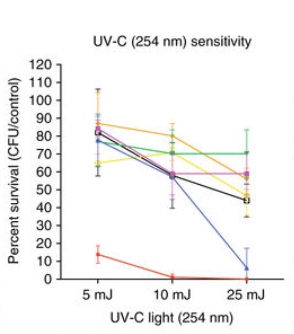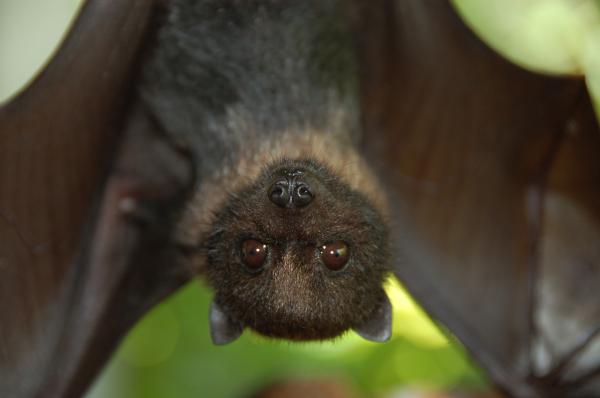If bats had a recurring nightmare, white-nose syndrome (WNS) is it.
WNS is caused by a fungus, Pseudogymnoascus destructans, and causes death in a somewhat torturous way. The fungus colonizes and grows on body parts (wings, ears and snouts) of hibernating bats. This growth is irritating and causes the bats to wake during their normally hibernation-dominated winter.
This may seem like nothing more than an annoyance, but, hibernating animals have a reserve of energy that allows them to stay alive - if their bodies remain sleeping. However, every time that they wake, they burn through their reserve of energy, and it leaves them short of energy supply come the end of the long season. The result is that they die before they wake.
Discovered in a New York cave, the lethal fungus has killed an estimated 5.7 million bats over the last ten years across the United States and Canada. It is an ecological nightmare and has the potential to extinguish the populations of bats that it infects.
In an effort to understand the evolution of the fungus, which is inherently remarkable due to the fact that it thrives in cool, dark caves, genomic comparisons were made between P. destructans and six closely related nonpathogenic species. The research is published in Nature Communications.
One notable distinction of P. destructans is the absence of the gene UVE1. This gene makes an enzyme that is an important player in the alternate excision repair (AER) pathway - a process responsible for repairing DNA damage caused by UV light.
 What this means is that P. destructans is extremely sensitive to UV light. A low dose of UV killed 85 percent of the fungus and a moderate dose of UV for only a few seconds killed 99 percent of the fungus. This can be seen in the figure to the left. The red line indicates the amount of P. destructans that survived the UV-C treatment and the other colored lines represent the other, related, fungal species. P. destructans has no more than 10% survival upon UV exposure, with other species maintaining between 50-90% survival upon the same exposure.
What this means is that P. destructans is extremely sensitive to UV light. A low dose of UV killed 85 percent of the fungus and a moderate dose of UV for only a few seconds killed 99 percent of the fungus. This can be seen in the figure to the left. The red line indicates the amount of P. destructans that survived the UV-C treatment and the other colored lines represent the other, related, fungal species. P. destructans has no more than 10% survival upon UV exposure, with other species maintaining between 50-90% survival upon the same exposure.
Why is the P. destructans so sensitive? When the UV light damages its DNA, the fungus cannot fix it because of the missing genes. Damaged DNA is a problem, and sometimes a deadly problem.
This increased susceptibility to UV light may be the answer that the bats have been hoping for. With a small exposure to UV light, white-nose syndrome may be a thing of the past, and the bats can finally get some rest.
Source: Jonathan M. Palmer. Extreme sensitivity to ultraviolet light in the fungal pathogen causing white-nose syndrome of bats Nature Communications 9, Article number: 35(2018) doi:10.1038/s41467-017-02441-z




